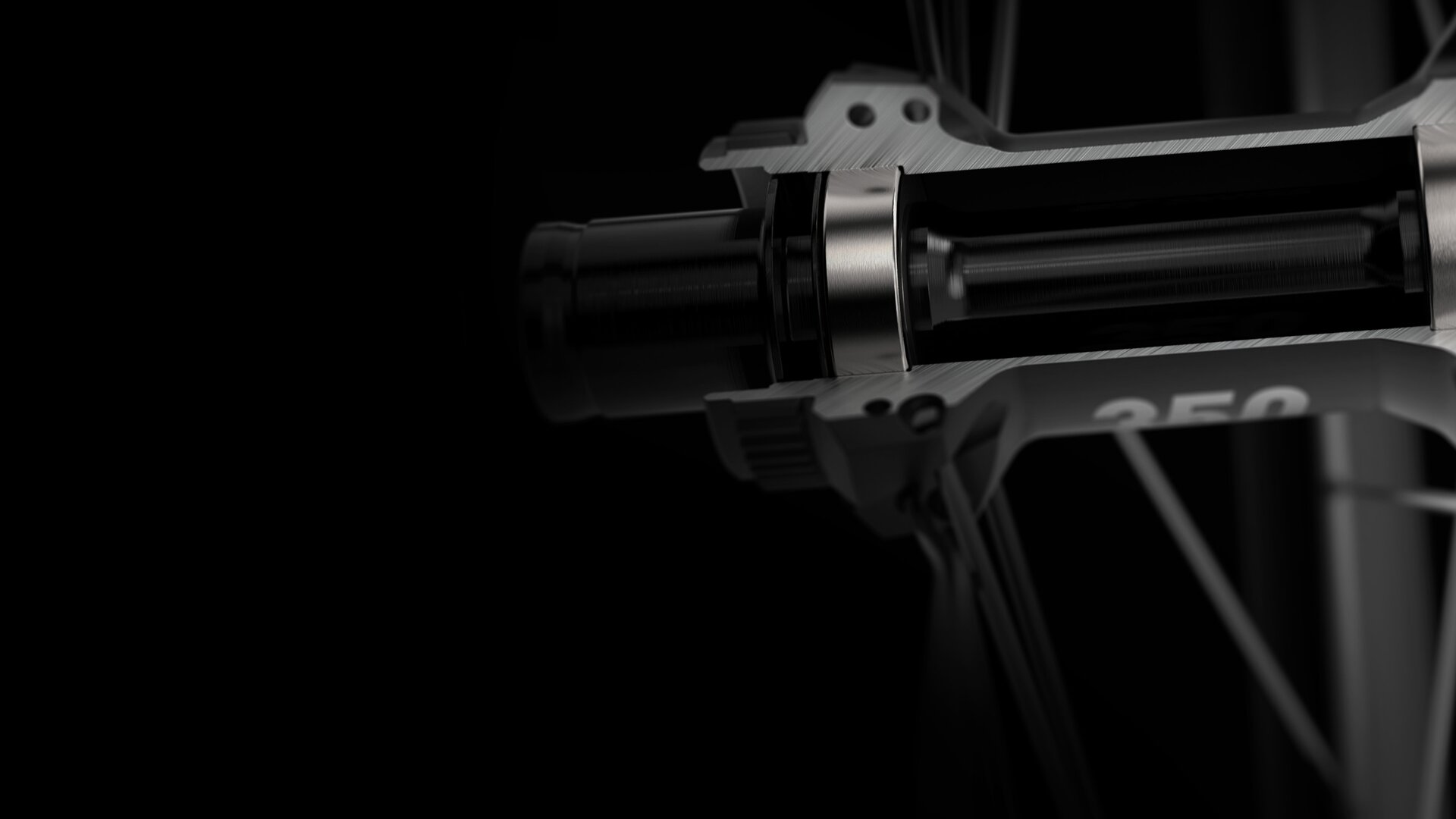One question remains. Why doesn't DT Swiss use hubs with adjustable bearing play?
The art of designing a durable hub with minimal play lies in the proper preload of the bearings. In most bicycle hubs radial bearings are installed, which are susceptible to lateral forces. Hubs, with systems to adjust the play, usually have a fine thread. These allow fine adjustment of the clearance, but they are also capable of generating large axial forces. Thus, the bearings are very quickly over-preloaded, which damages the bearings.
Years of experience regarding optimal bearing preload and knowledge of production tolerances, allow DT Swiss to design durable, play-free hubs without bearing play adjustment. With this hub design additional weight can be saved again, since no threads need to be considered in the design, which allows a thinner wall thickness. Another advantage is easy maintenance and quick conversion to the various freewheel and axle systems.
This bearing technology appears in every DT Swiss hub, front and rear.









